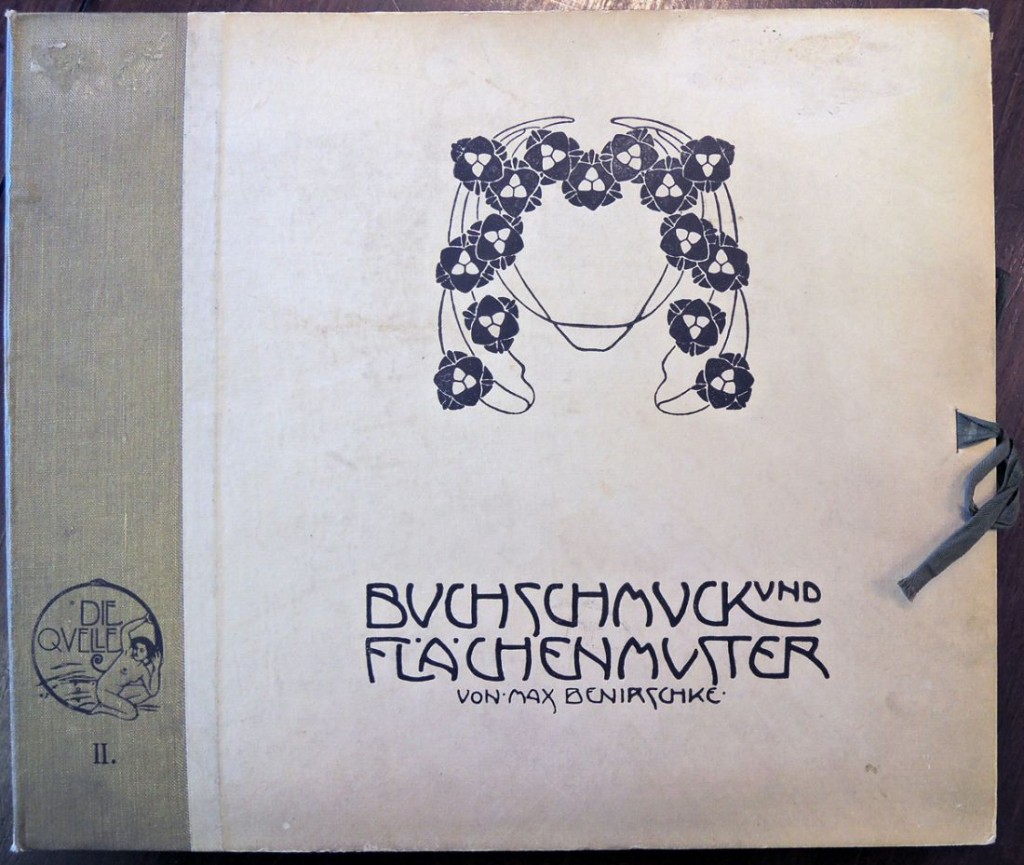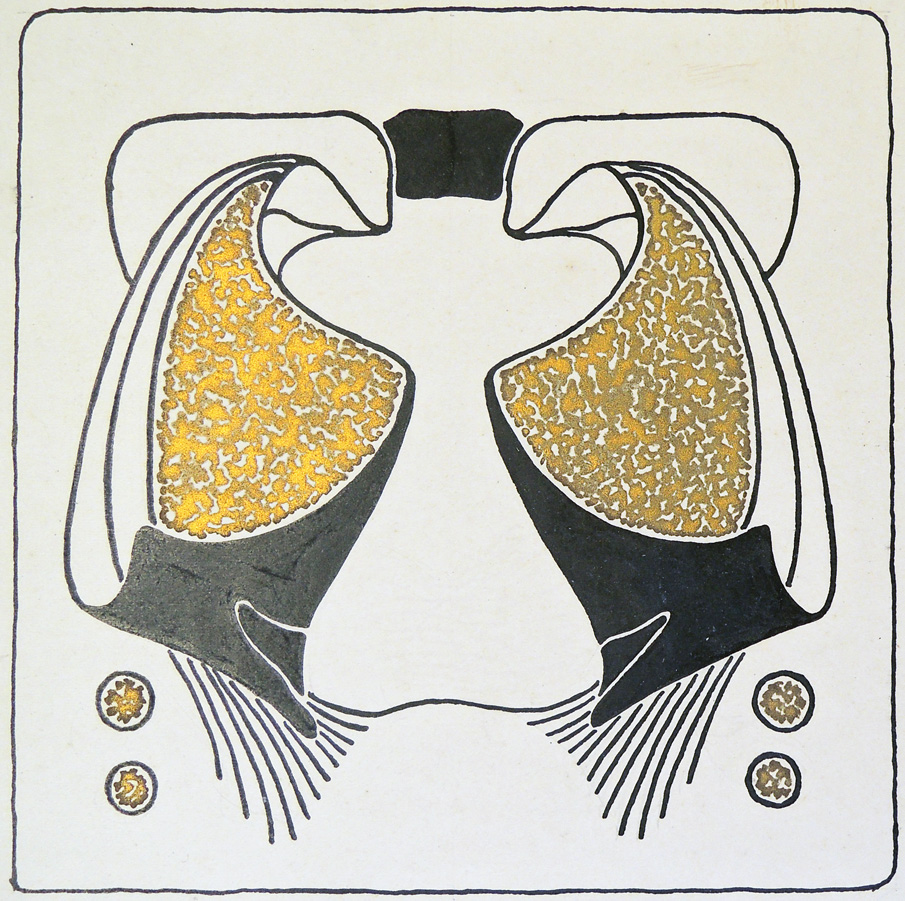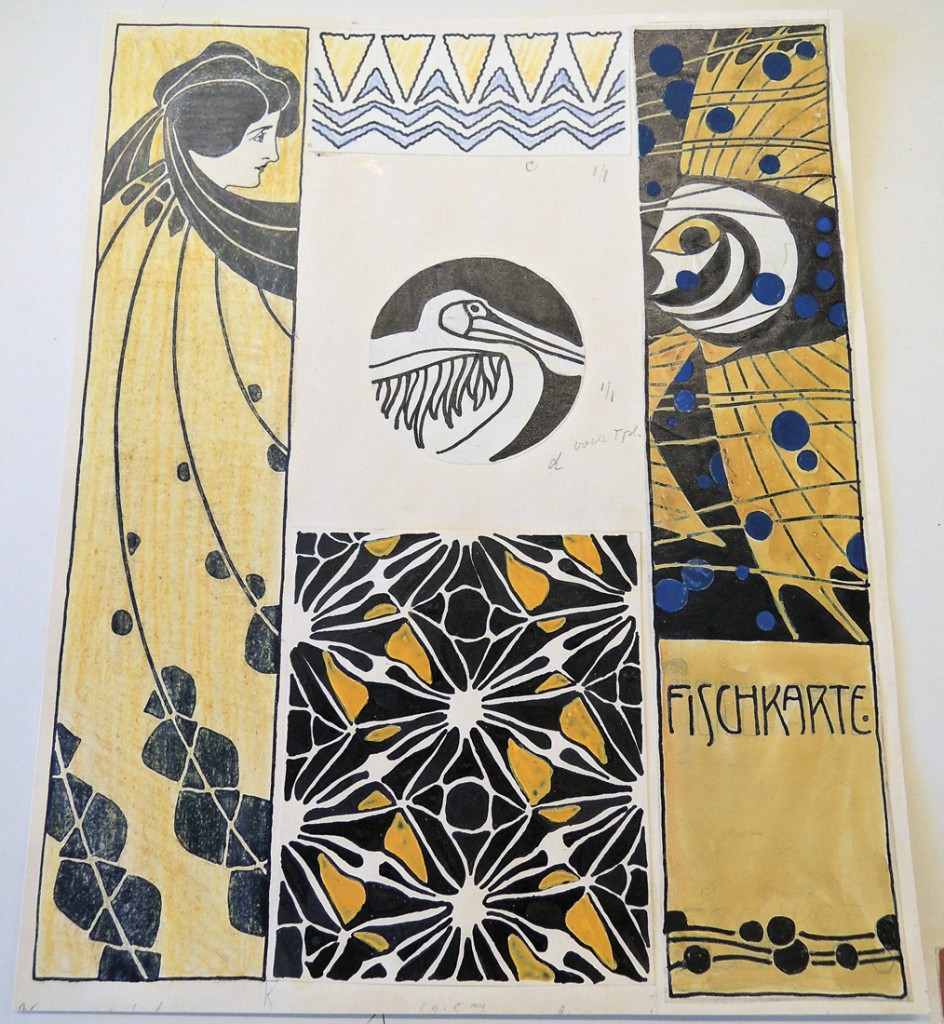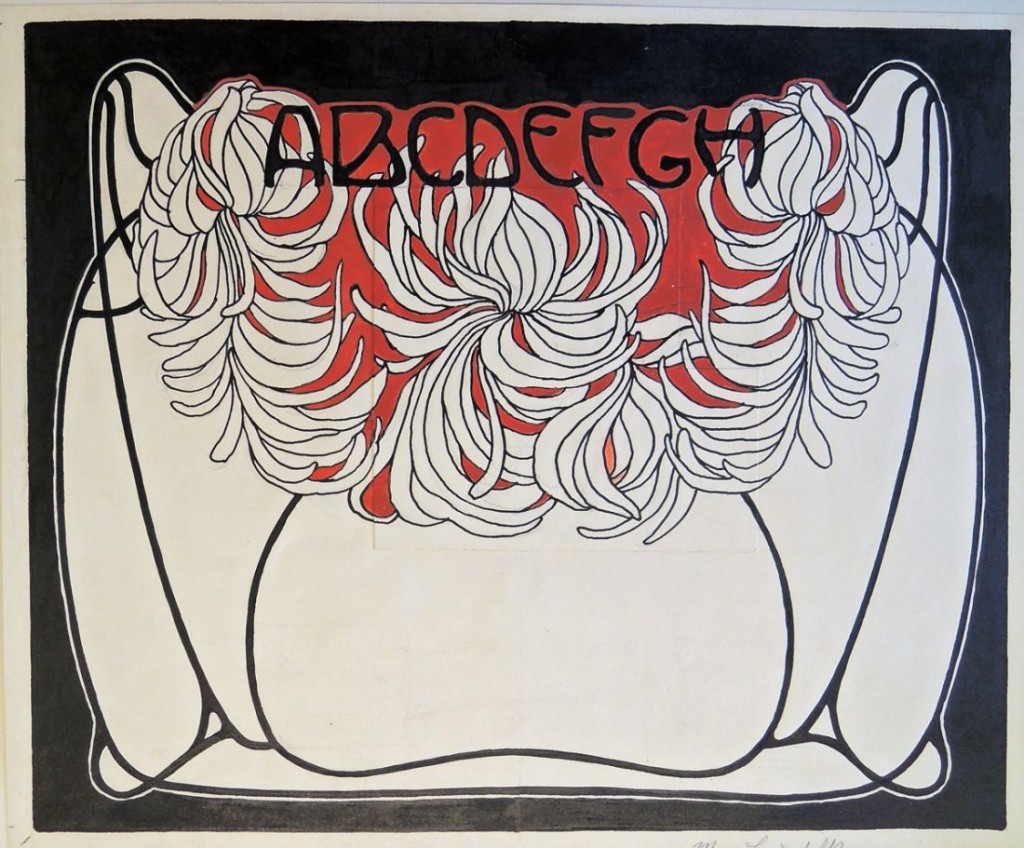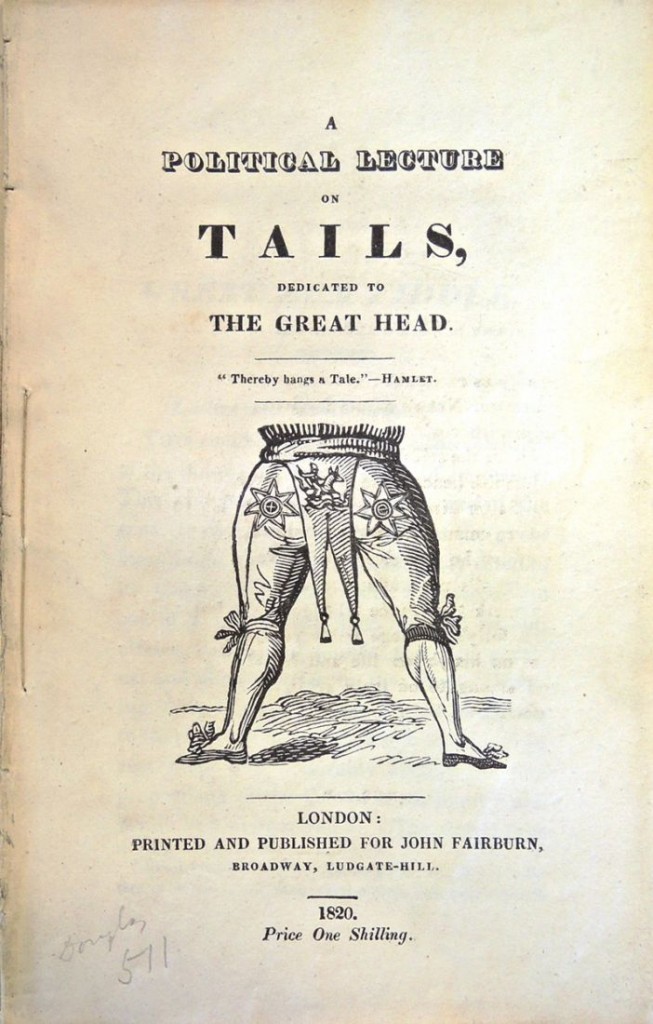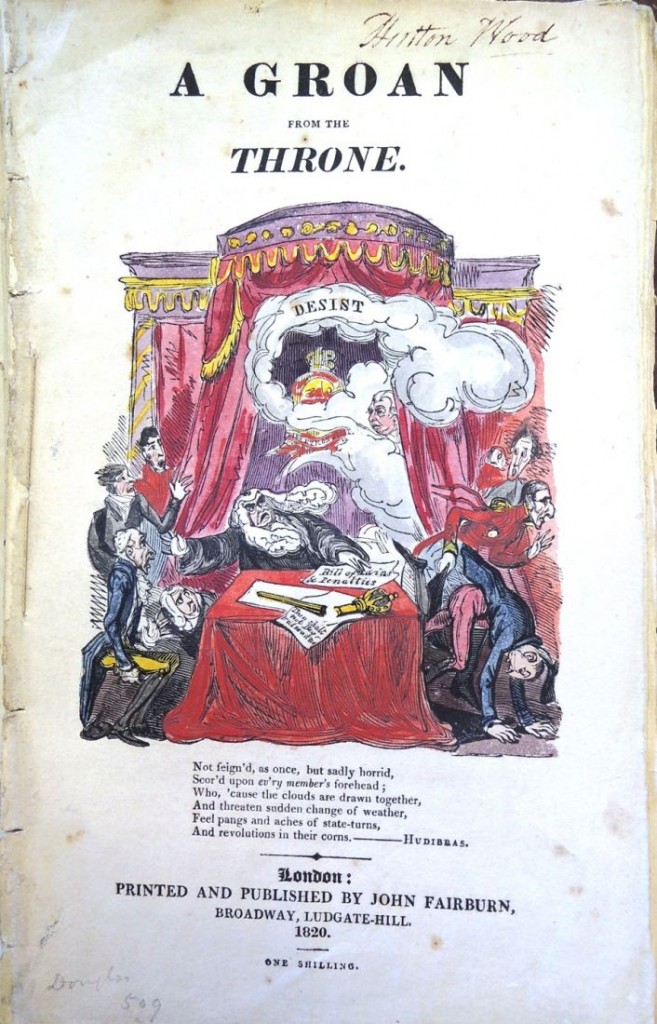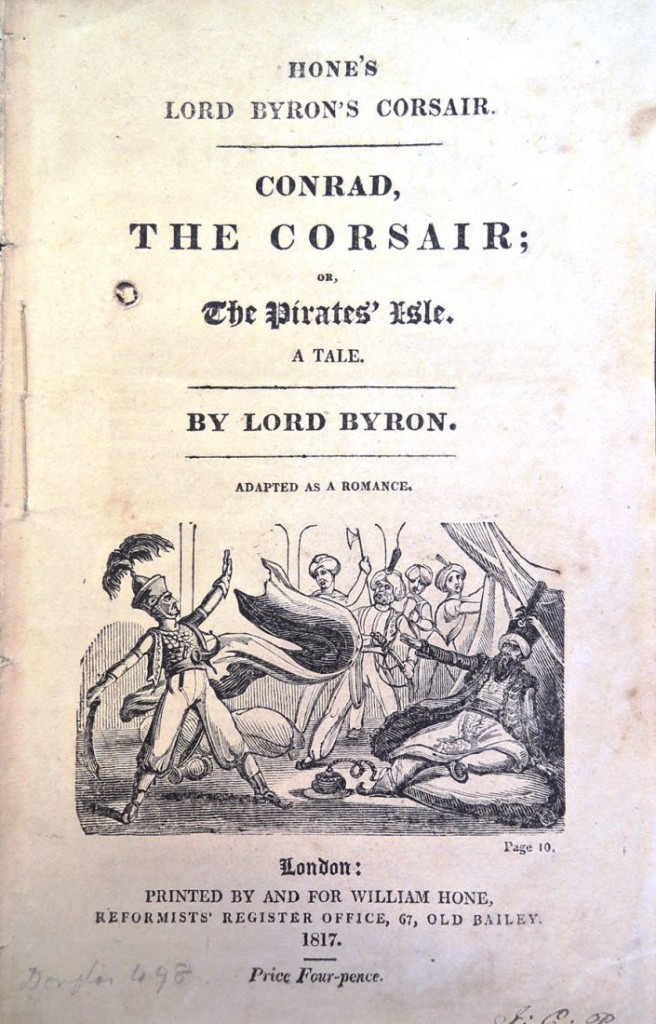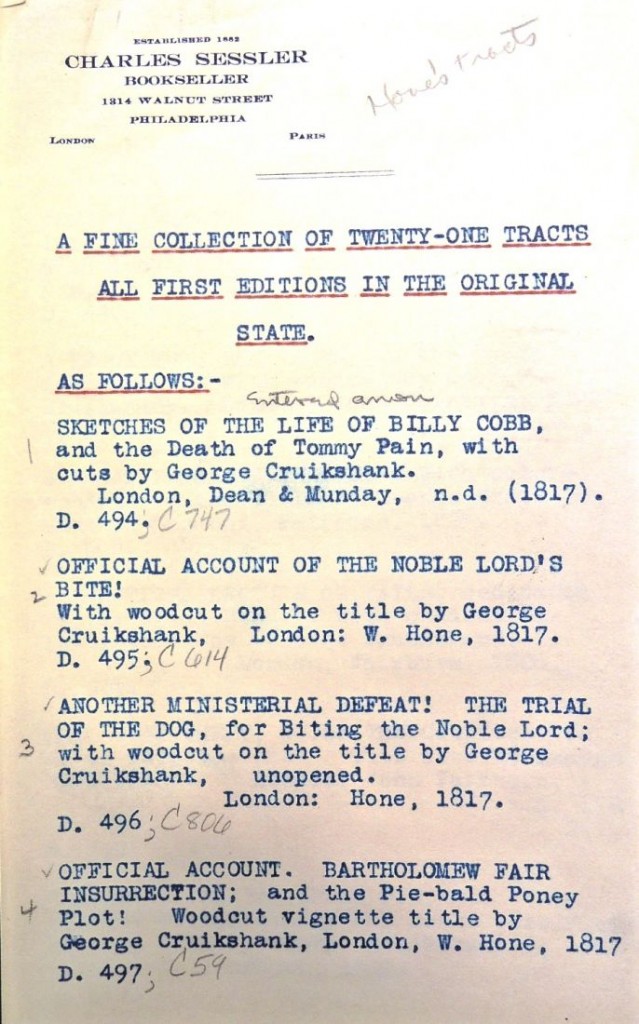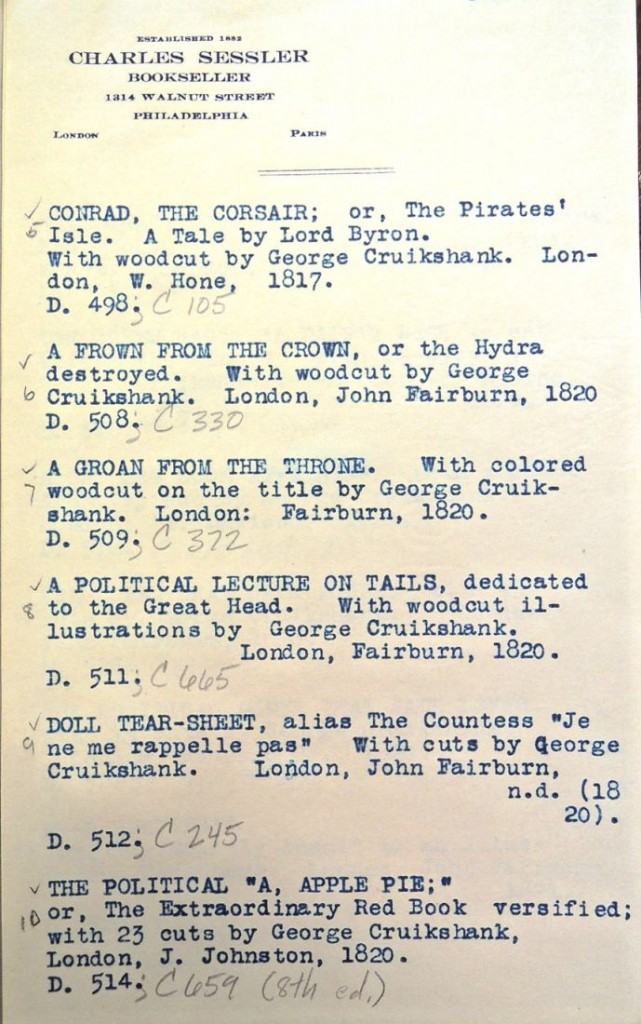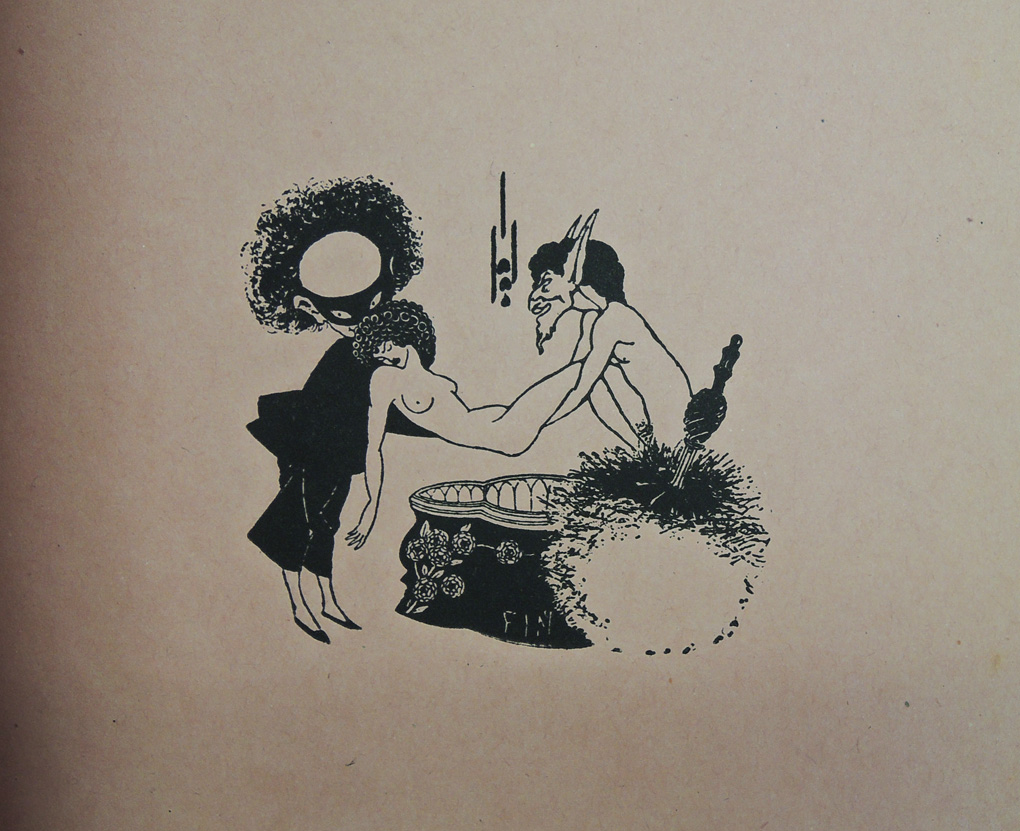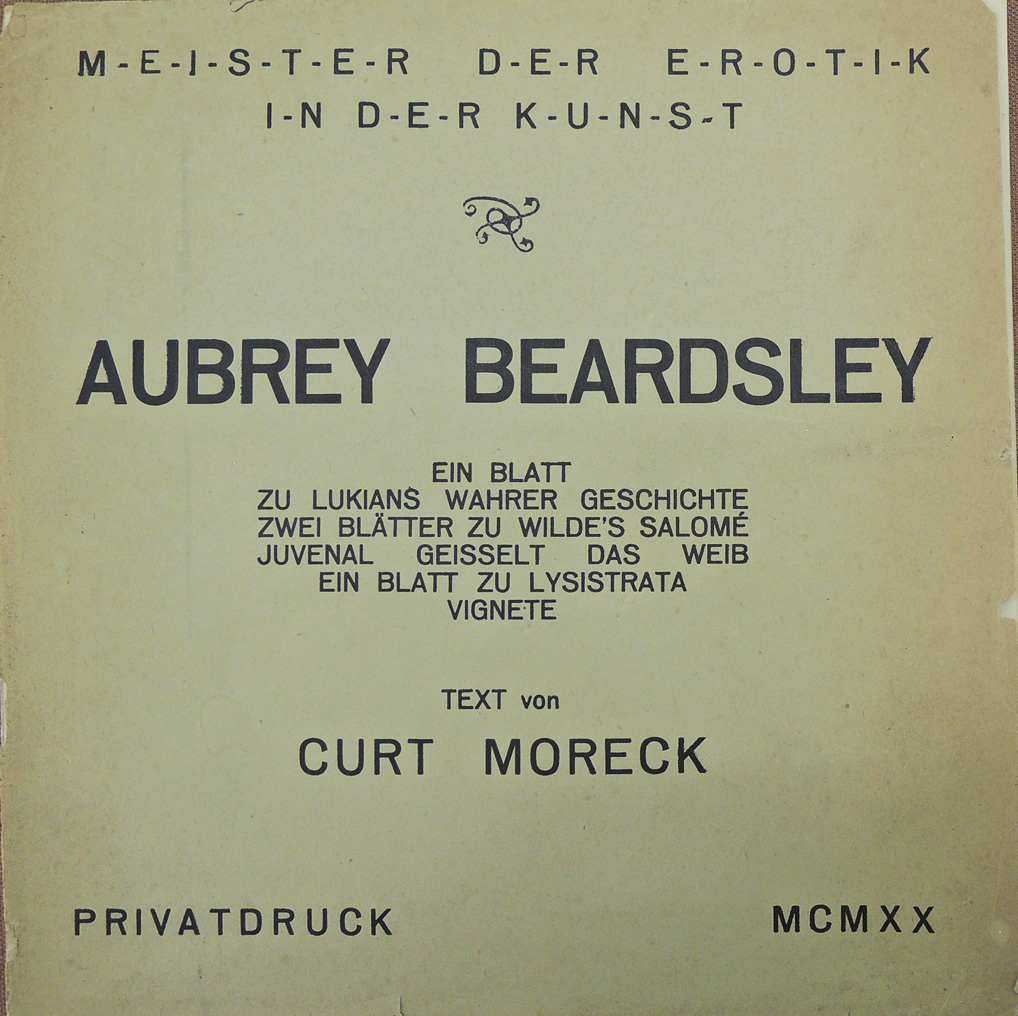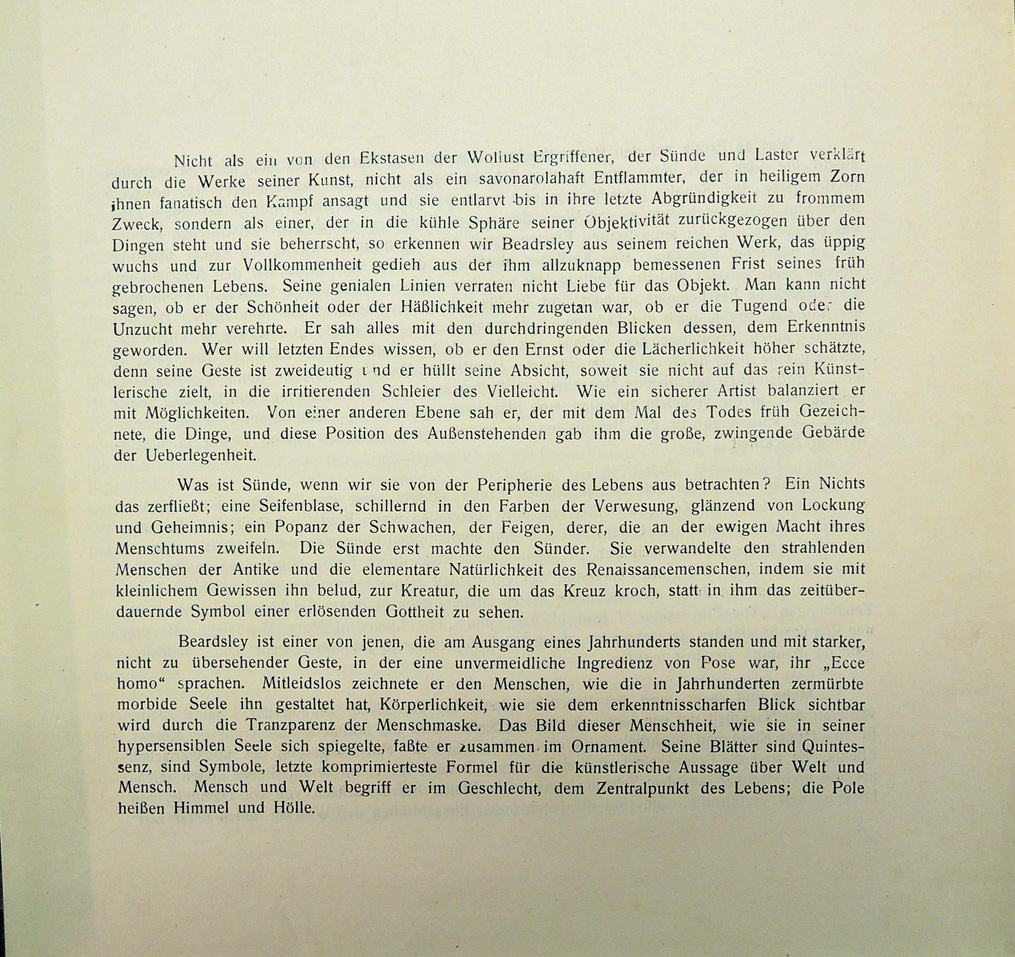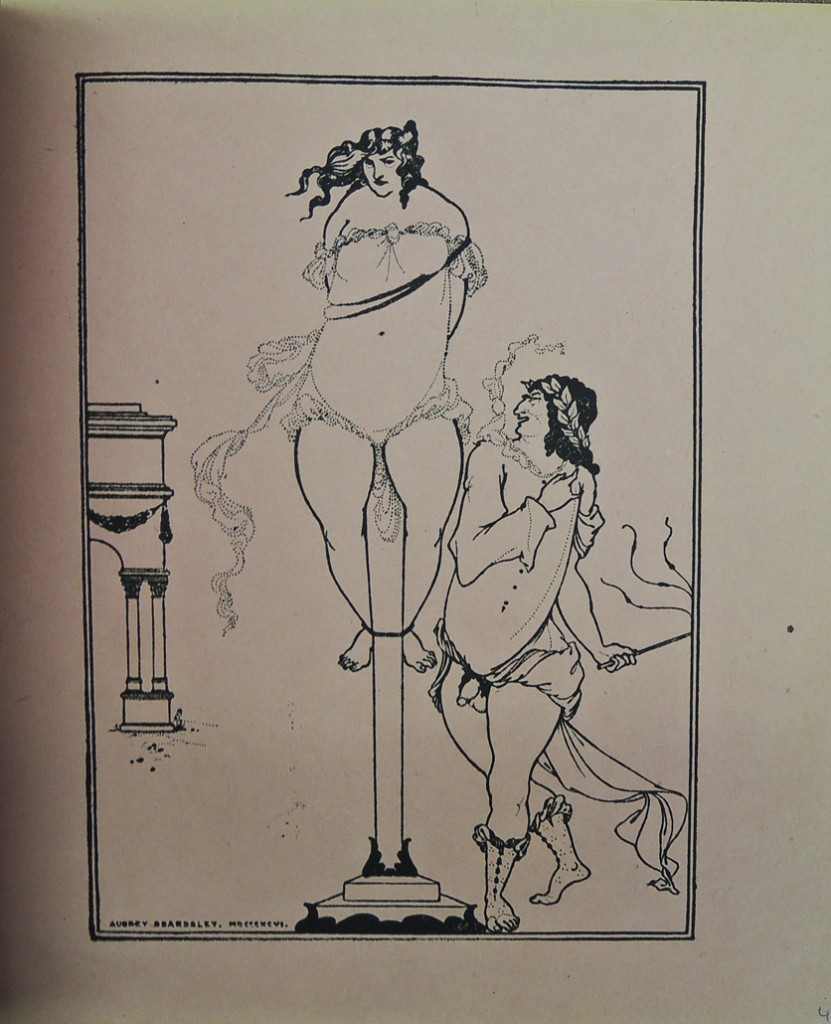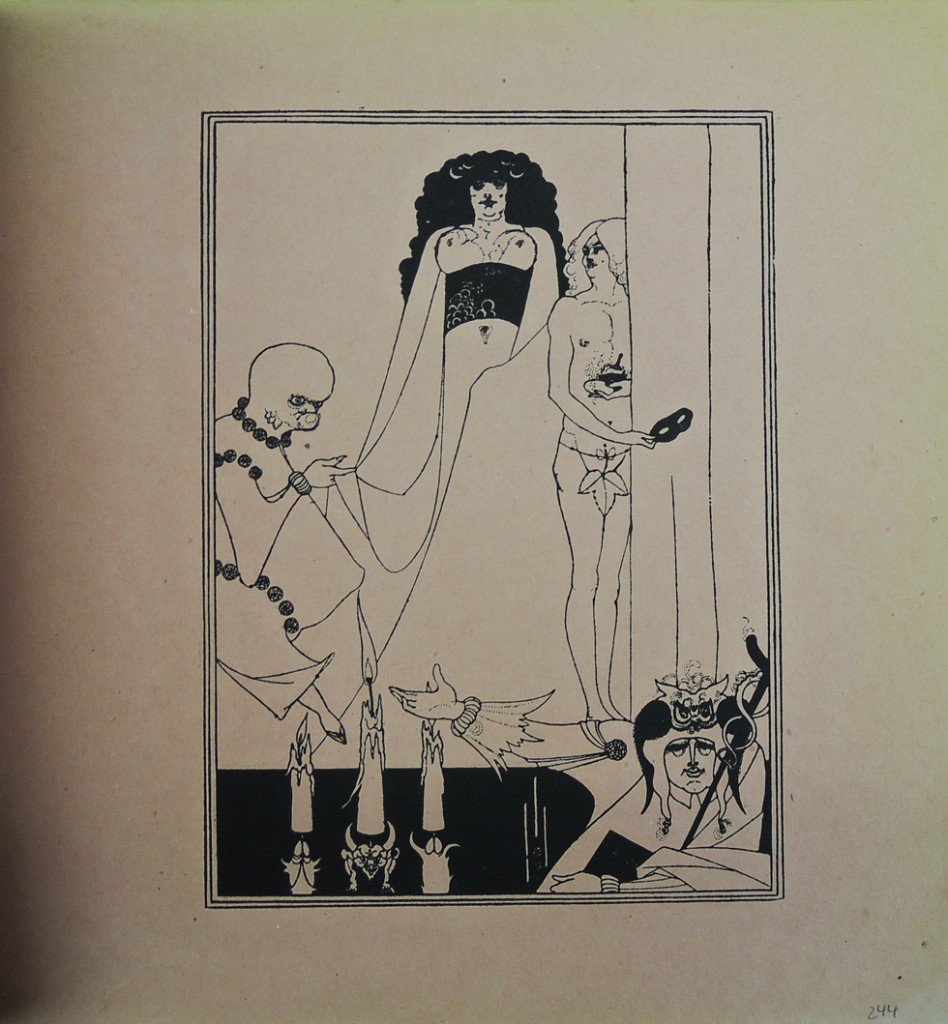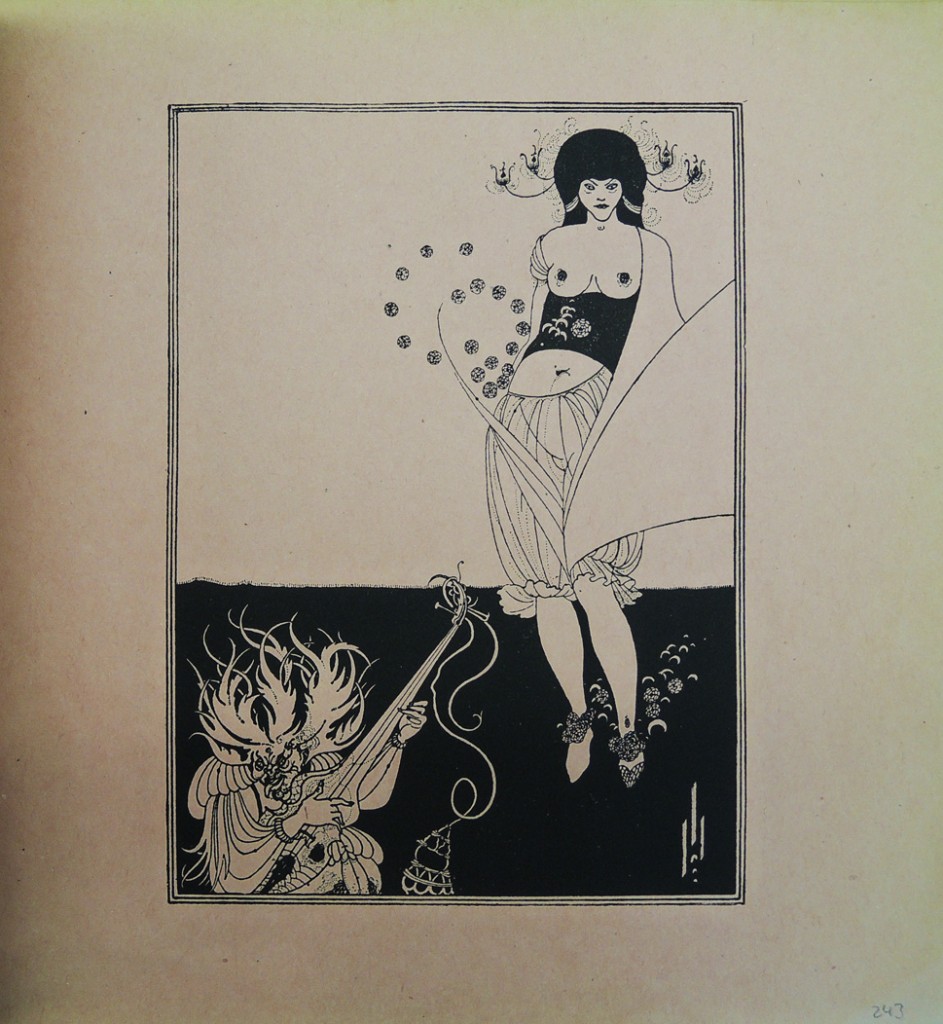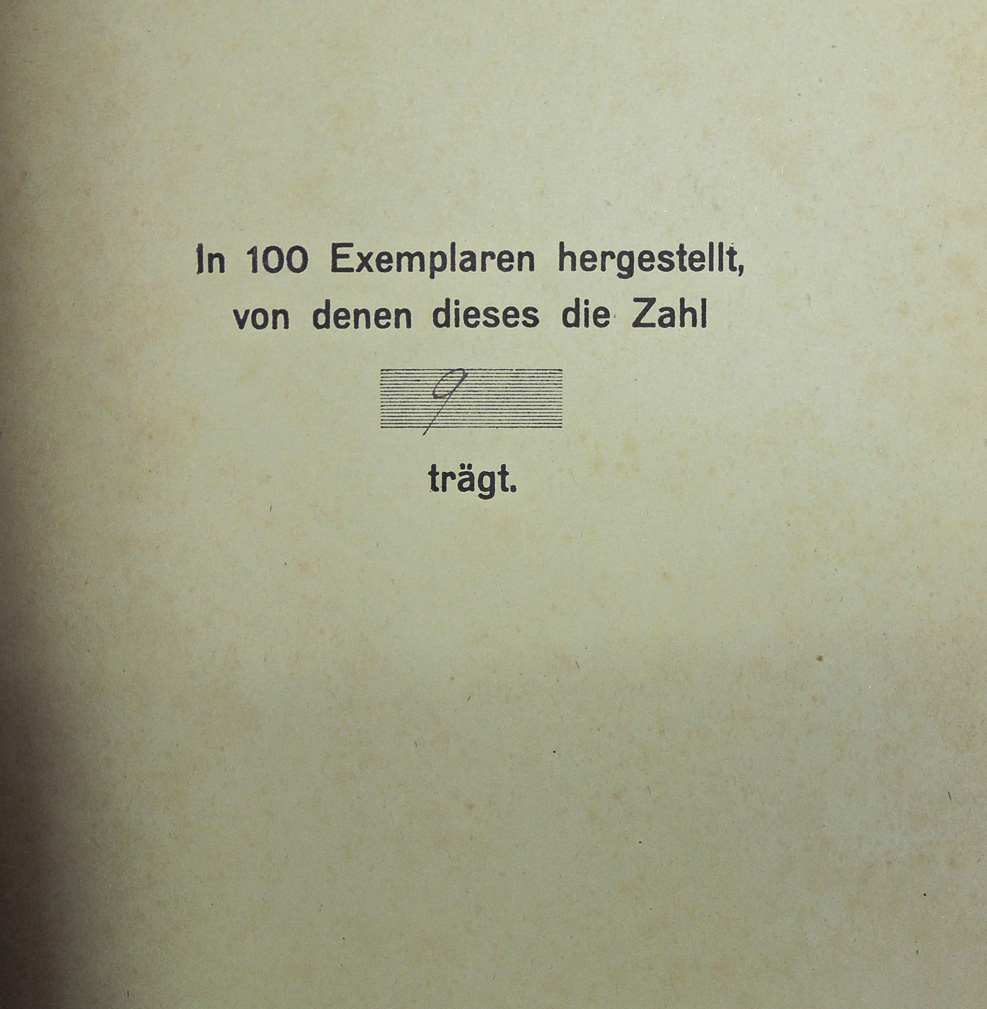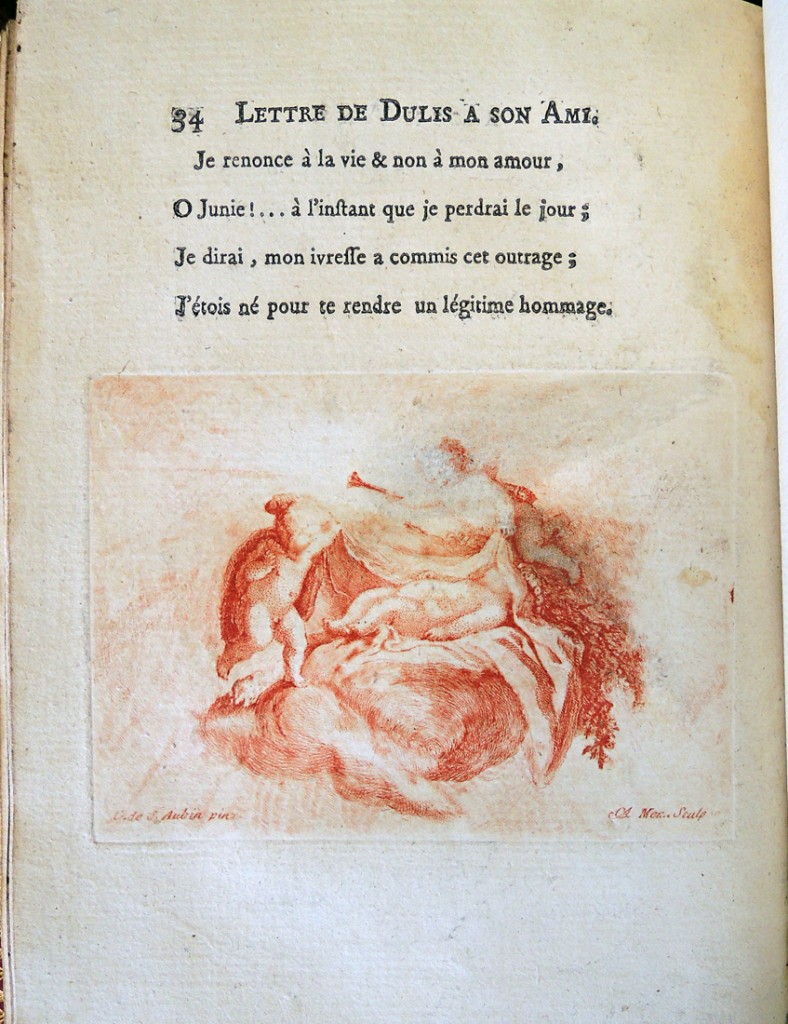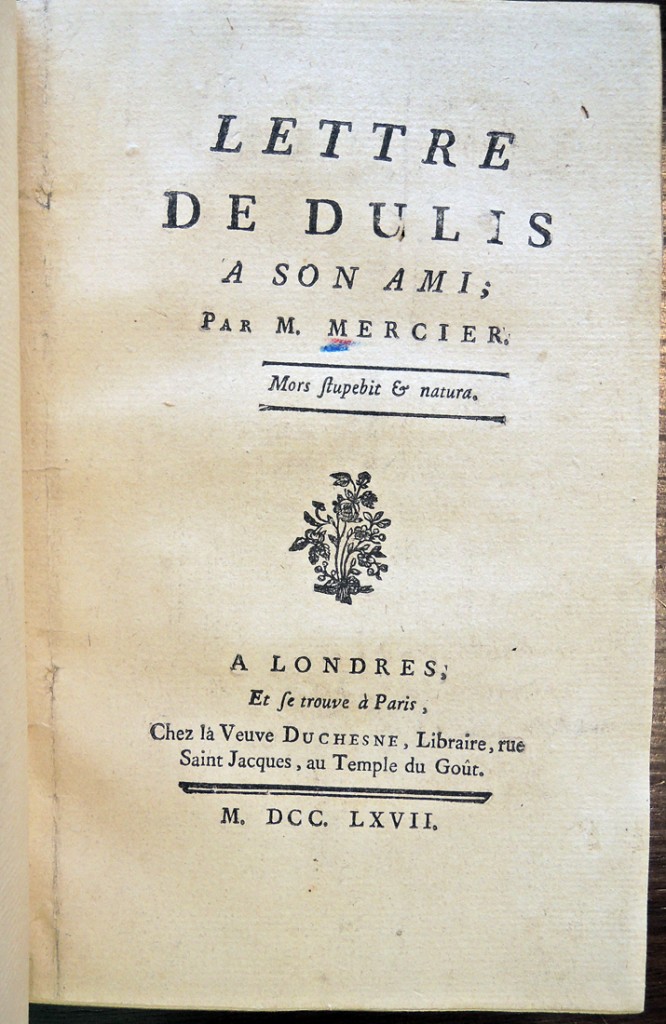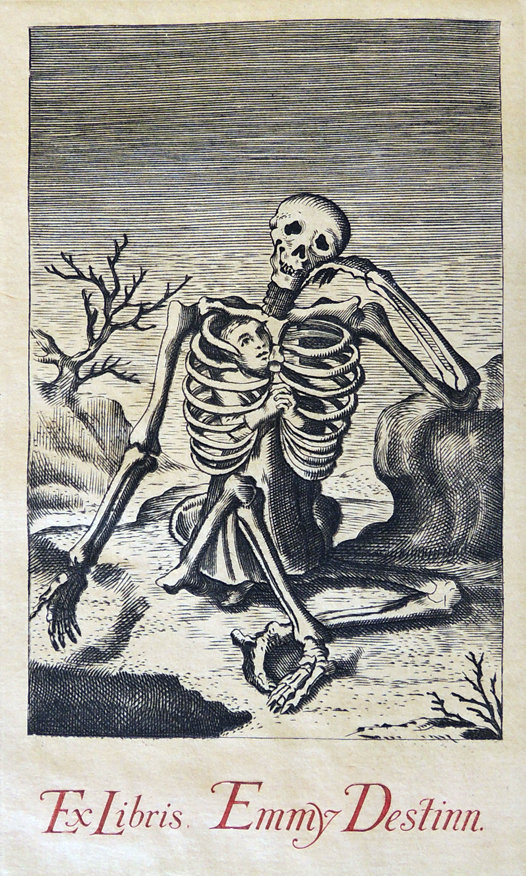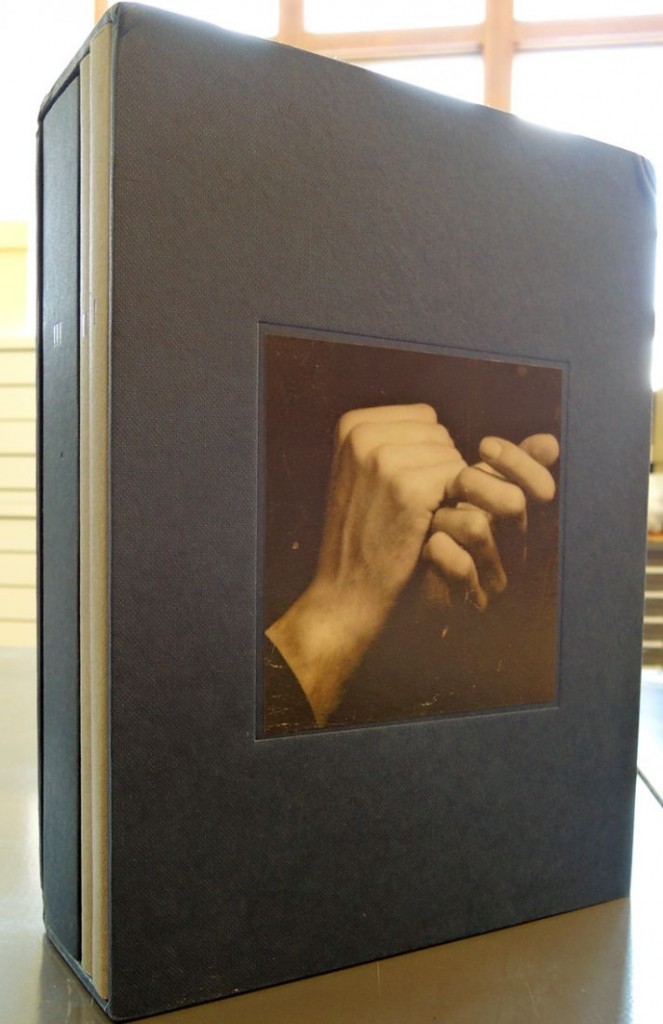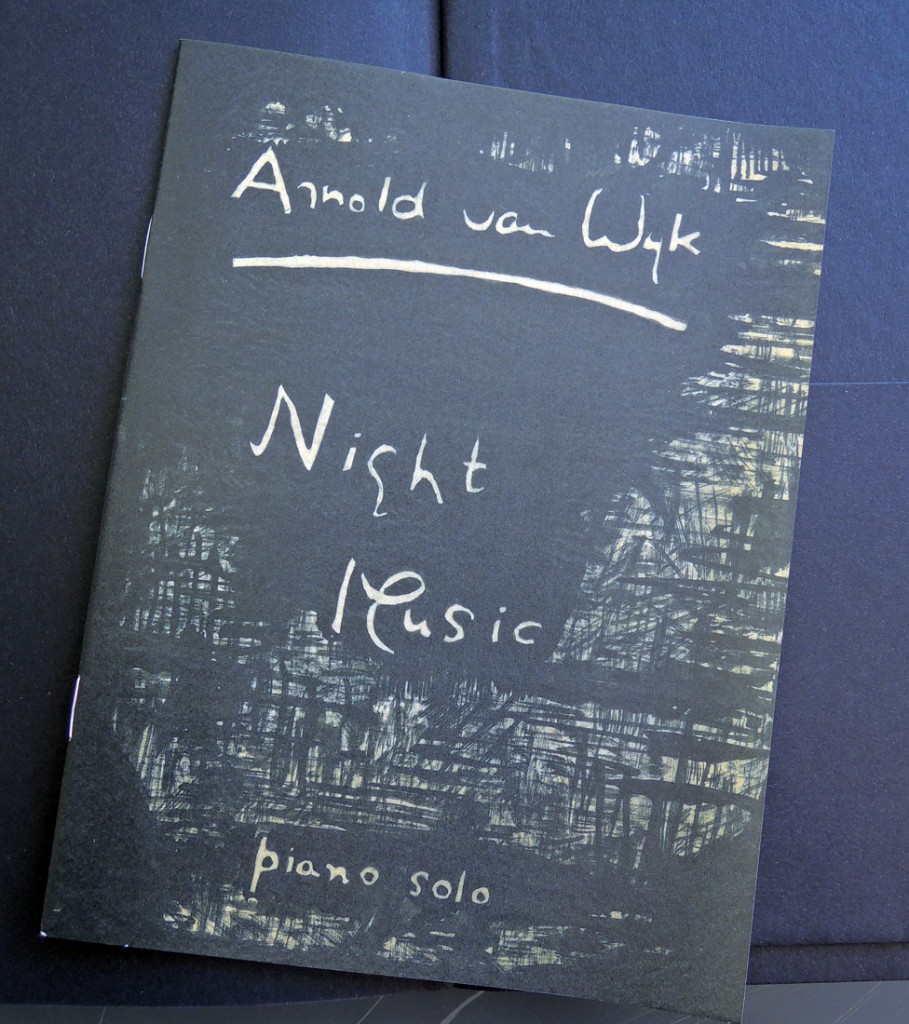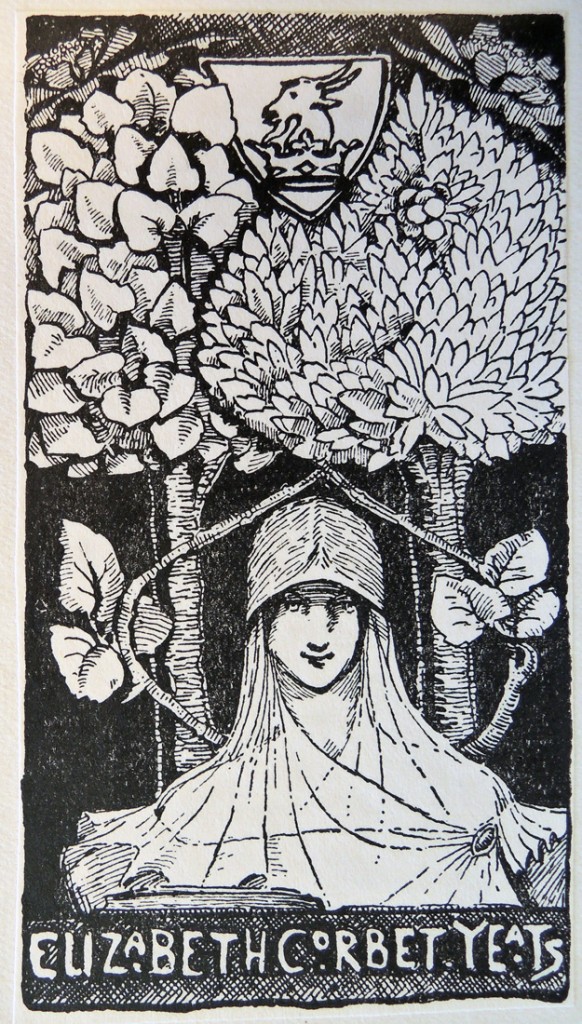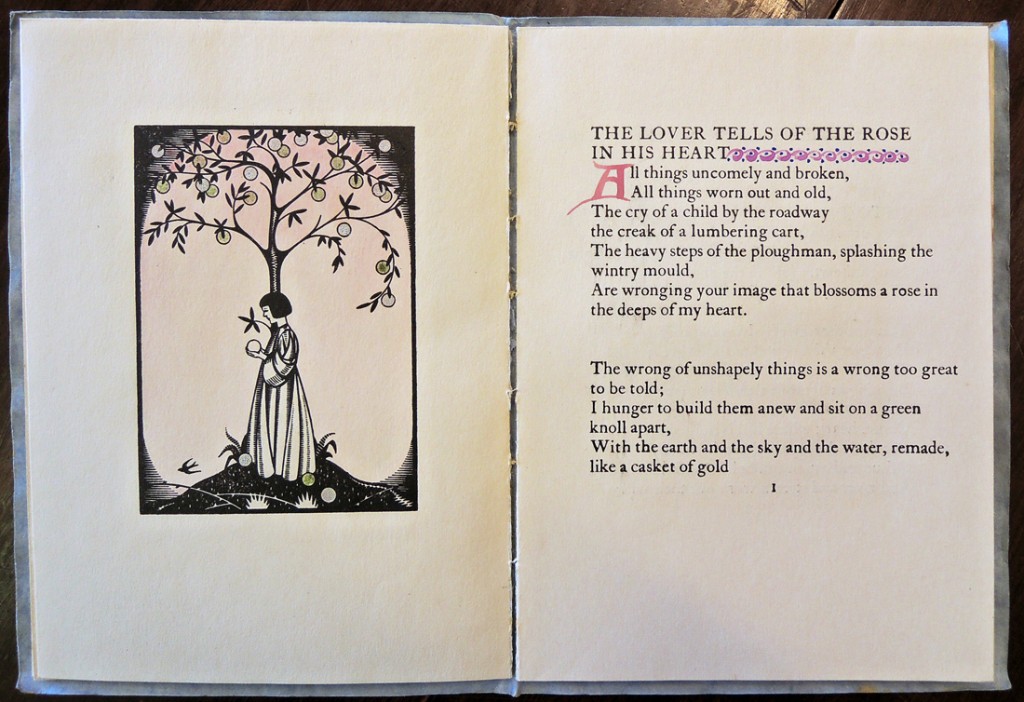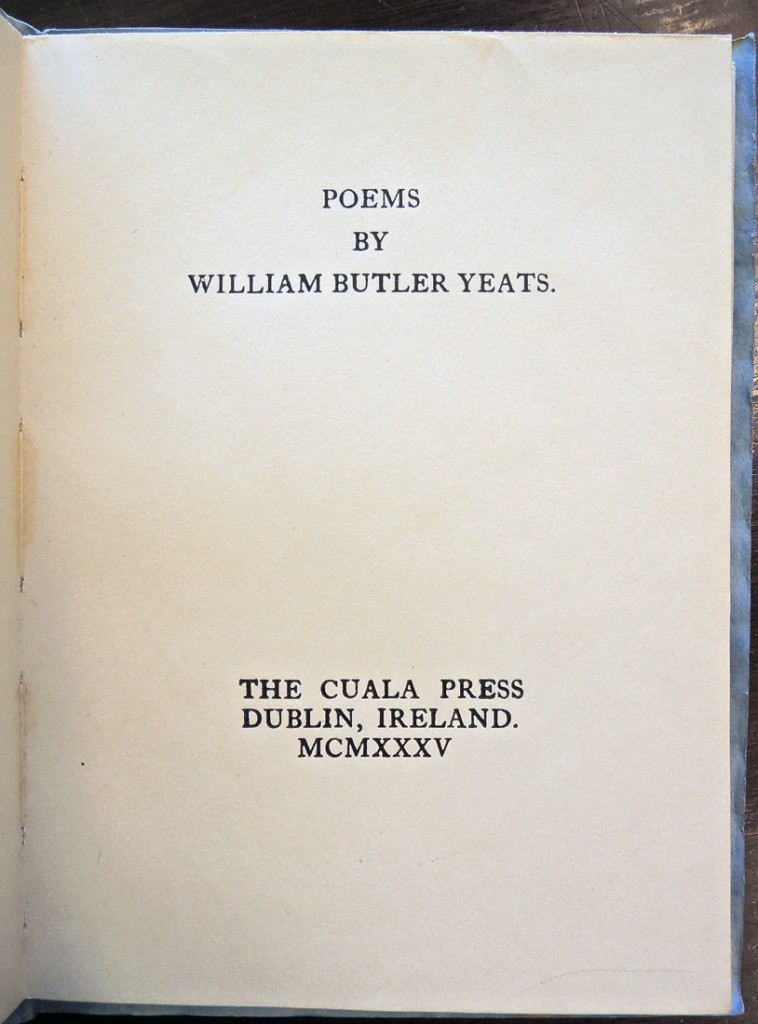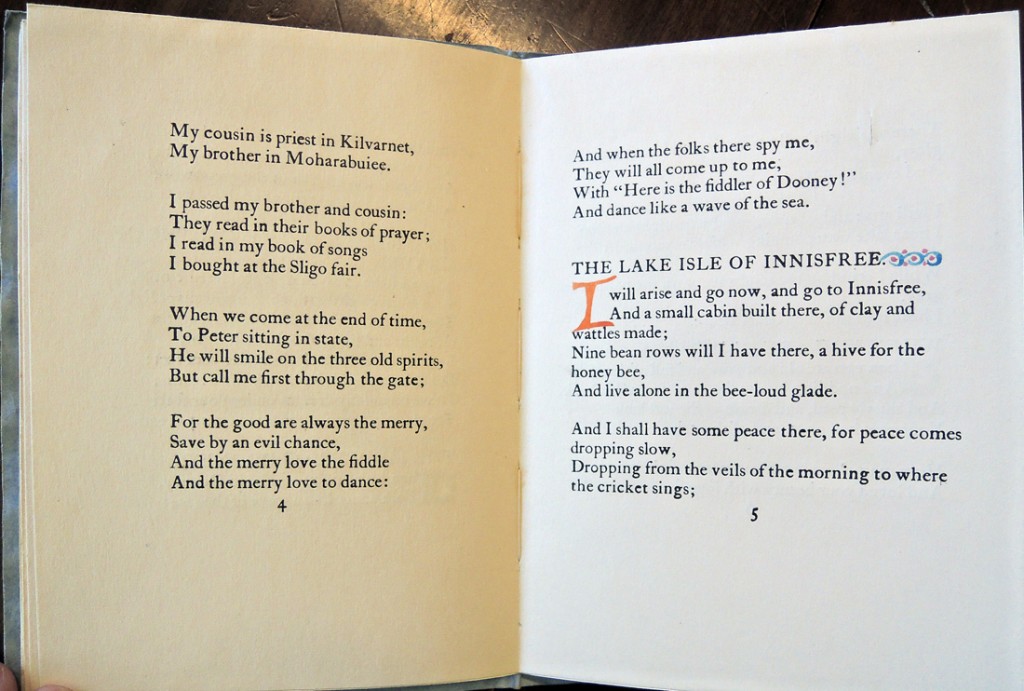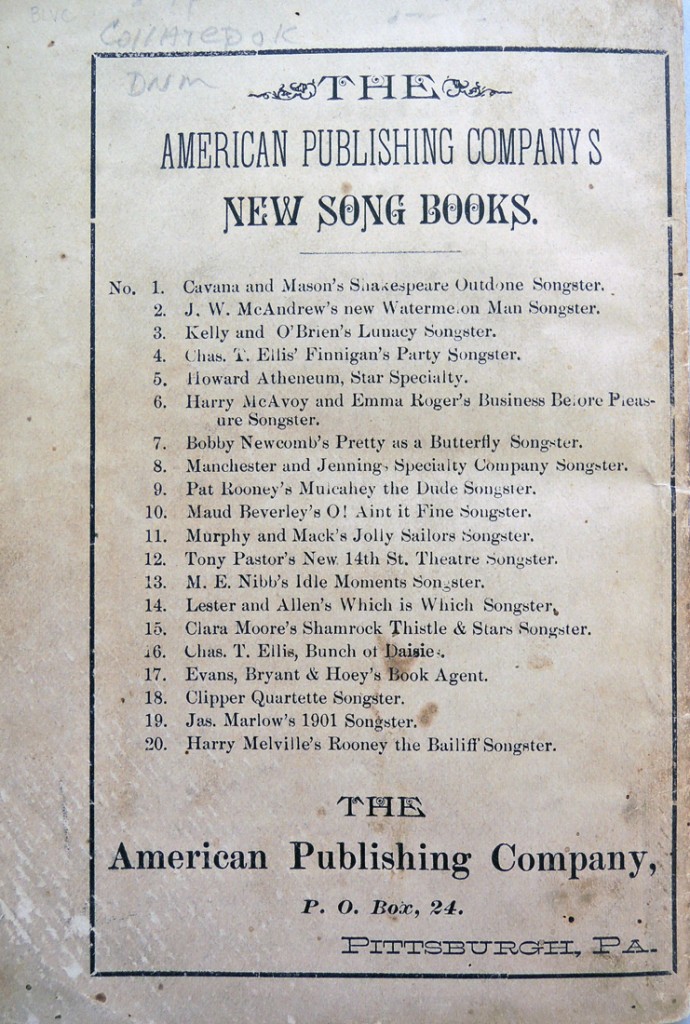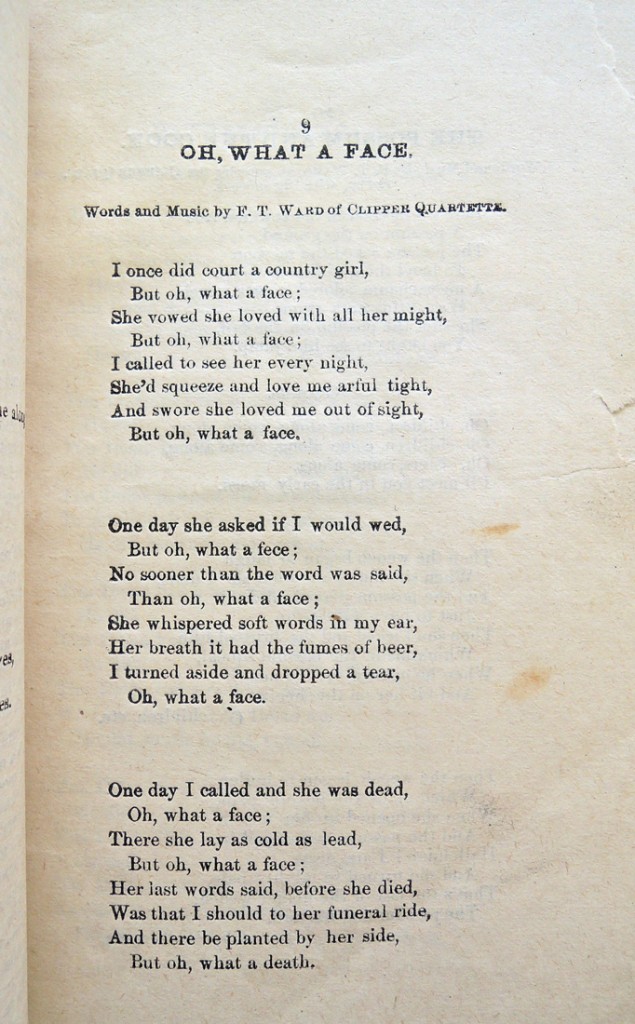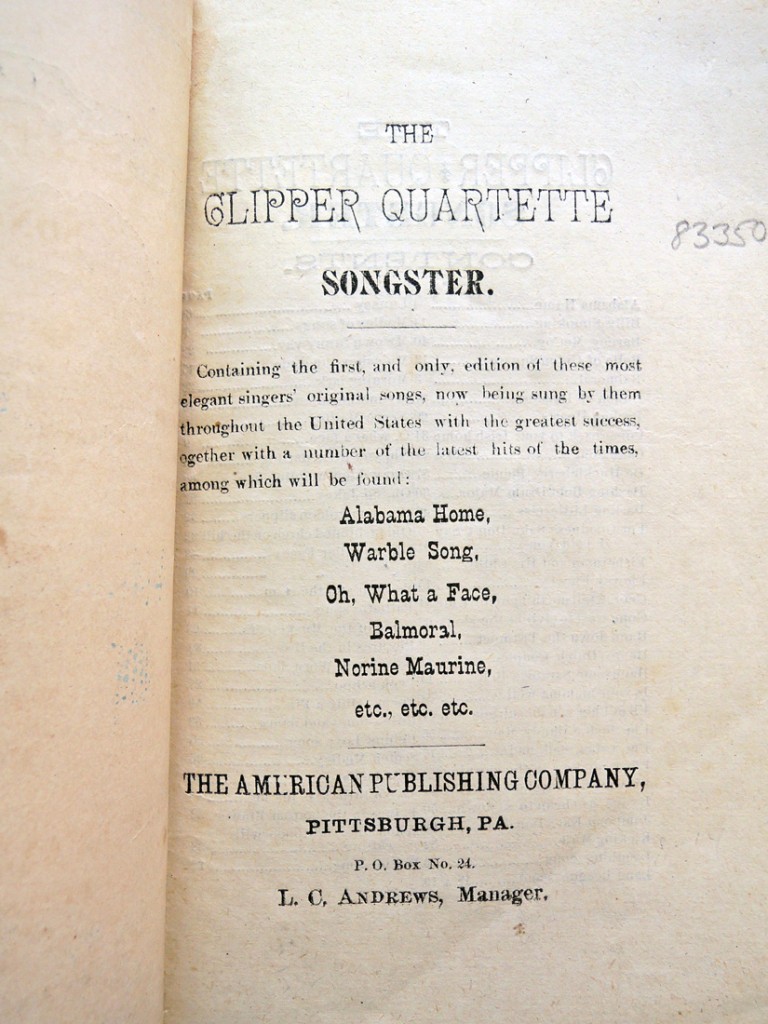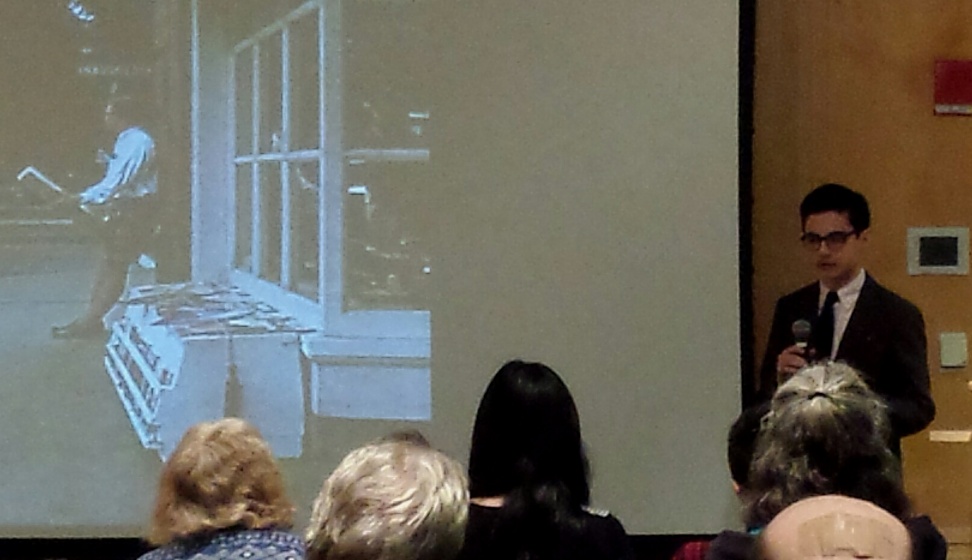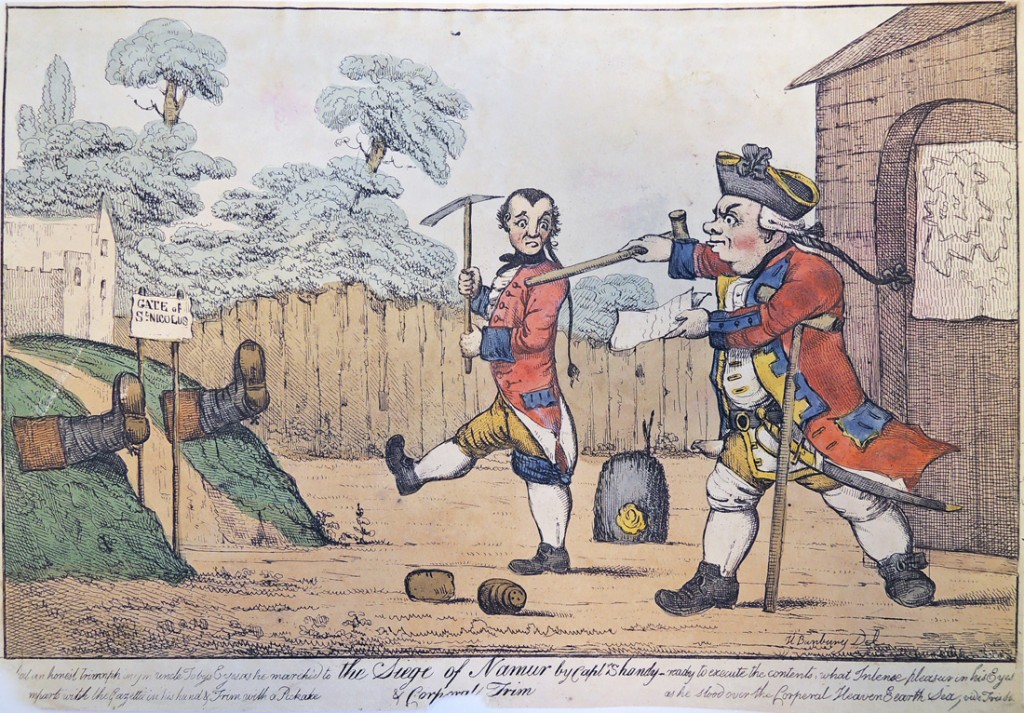
Henry William Bunbury (1750-1811), “The Siege of Namur by Captain Shandy and Corporal Trim” from Life and opinions of Tristram Shandy, gentleman, no date [1772]. Hand colored etching. Graphic Arts Collection GA 2011.00548.
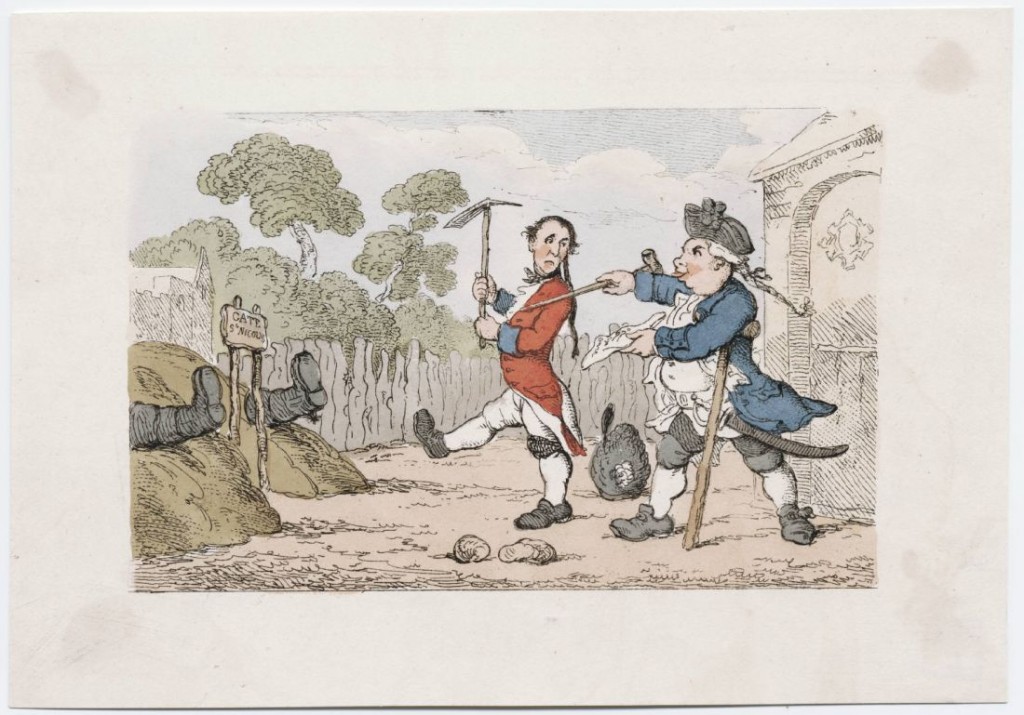
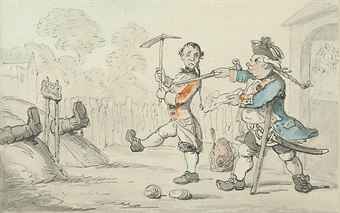 Undated etching from the Walpole Library attributed to Thomas Rowlandson [left] and a drawing sold by Christies also attributed to Rowlandson [right]. After Bunbury’s design but note the difference on the door on the far right.
Undated etching from the Walpole Library attributed to Thomas Rowlandson [left] and a drawing sold by Christies also attributed to Rowlandson [right]. After Bunbury’s design but note the difference on the door on the far right.
Laurence Sterne is “the most illustrated novelist of the eighteenth century,” writes Peter de Voogd. “The English language editions alone yield well over 1,300 different illustrations and the field is so vast that it must be subdivided.” [“Sterne and Visual Culture” in The Cambridge Companion to Laurence Sterne (2009)]. Sterne’s The Life and Opinions of Tristram Shandy, Gentleman was published in nine volumes, the first two appearing in 1759 and the last in 1767.
A series of etchings were designed in 1772 by the amateur draughtsman Henry William Bunbury, including “The Overthrow of Dr. Slop,” “The Battle of the Cataplasm,” “The Siege of Namur,” and “The Damnation of Obadiah.” This set was inspired by Sterne’s book but never bound with the text. They were published by James Bertherton in 1773; re-etched and published in 1799 by S.W. Fores; and then, lithographed in 1815-17.
Princeton’s Graphic Arts Collection owns several prints etched by Bunbury before the Bertherton edition, including one laterally reversed from the final published print. Although Thomas Rowlandson prepared two plates for a later bound edition of Tristram Shandy, they are different images, not the same as Bunbury’s designs.
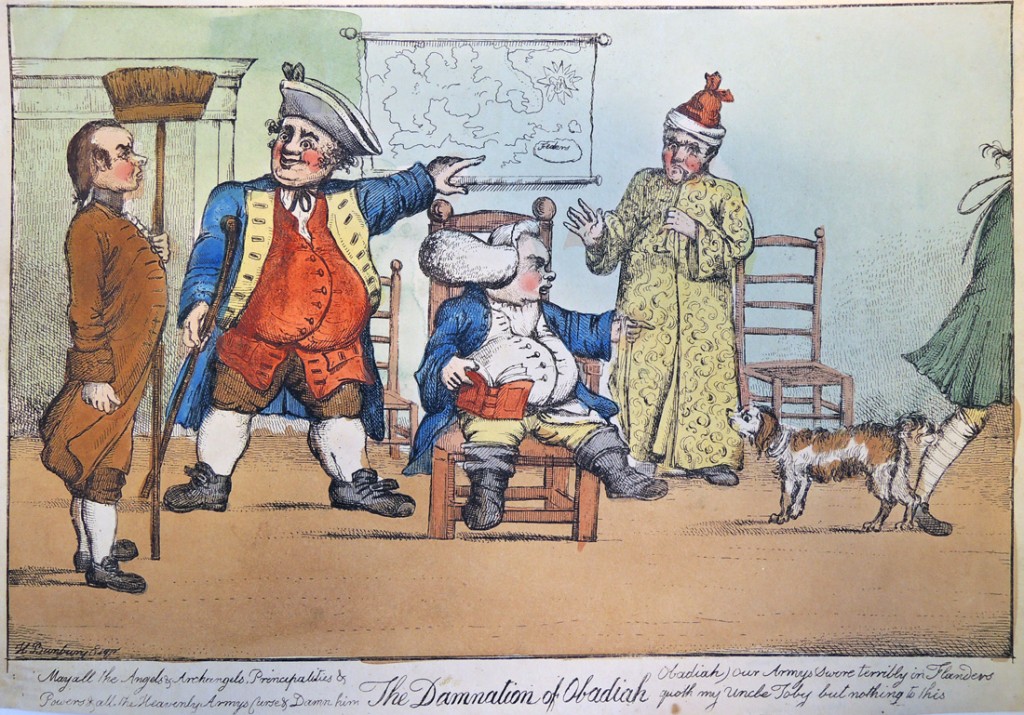 Henry William Bunbury (1750-1811), “The Damnation of Obadiah” from Life and opinions of Tristram Shandy, gentleman, no date [ca.1772]. Hand colored etching. Graphic Arts Collection GA 2011.00546. Gift of Dickson Q. Brown, Class of 1895.
Henry William Bunbury (1750-1811), “The Damnation of Obadiah” from Life and opinions of Tristram Shandy, gentleman, no date [ca.1772]. Hand colored etching. Graphic Arts Collection GA 2011.00546. Gift of Dickson Q. Brown, Class of 1895.
 Henry William Bunbury (1750-1811), “The Overthrow of Dr. Slop” from Life and opinions of Tristram Shandy, gentleman, no date [ca.1772]. Hand colored etching. GA 2011.00547. Gift of Dickson Q. Brown, Class of 1895.
Henry William Bunbury (1750-1811), “The Overthrow of Dr. Slop” from Life and opinions of Tristram Shandy, gentleman, no date [ca.1772]. Hand colored etching. GA 2011.00547. Gift of Dickson Q. Brown, Class of 1895.
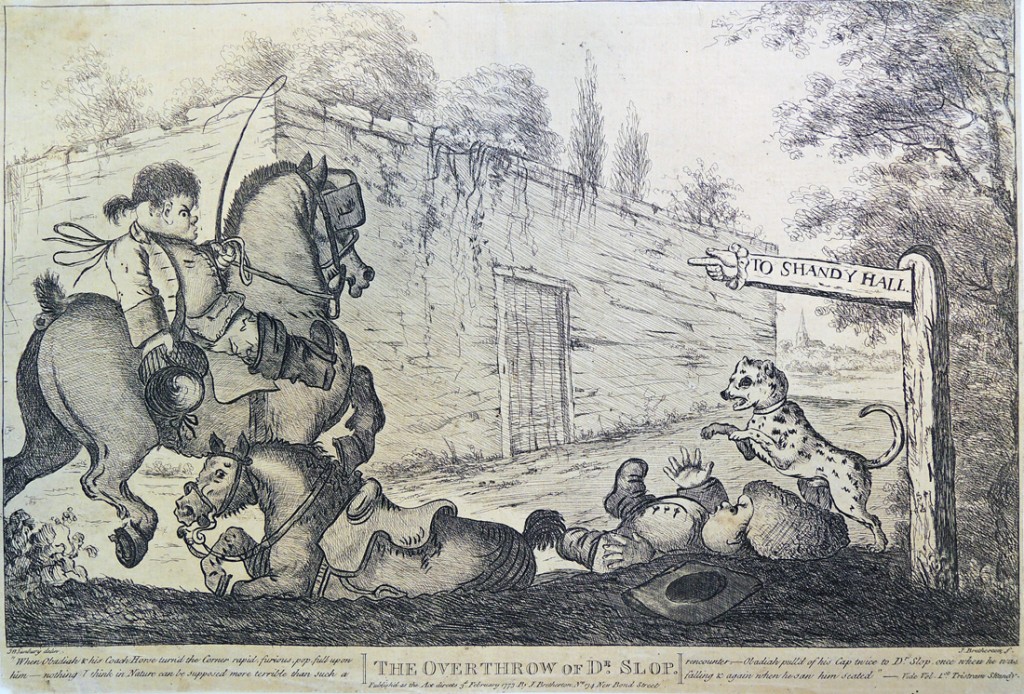 James Bretherton (active 1770-1781) after Henry William Bunbury (1750-1811), “The Overthrow of Dr. Slop” from Life and opinions of Tristram Shandy, gentleman, 3 February 1773. Etching. Graphic Arts Collection GA 2011.00506. Gift of Dickson Q. Brown, Class of 1895.
James Bretherton (active 1770-1781) after Henry William Bunbury (1750-1811), “The Overthrow of Dr. Slop” from Life and opinions of Tristram Shandy, gentleman, 3 February 1773. Etching. Graphic Arts Collection GA 2011.00506. Gift of Dickson Q. Brown, Class of 1895.
Beneath the design is engraved, “When Obadiah & his Coach Horse turn’d the Corner rapid, furious, pop, full upon him – nothing I think in Nature can be supposed more terrible than such a rencounter – Obadiah pull’d of [sic] his Cap twice to Dr Slop, once when he was falling & again when he saw him seated.”
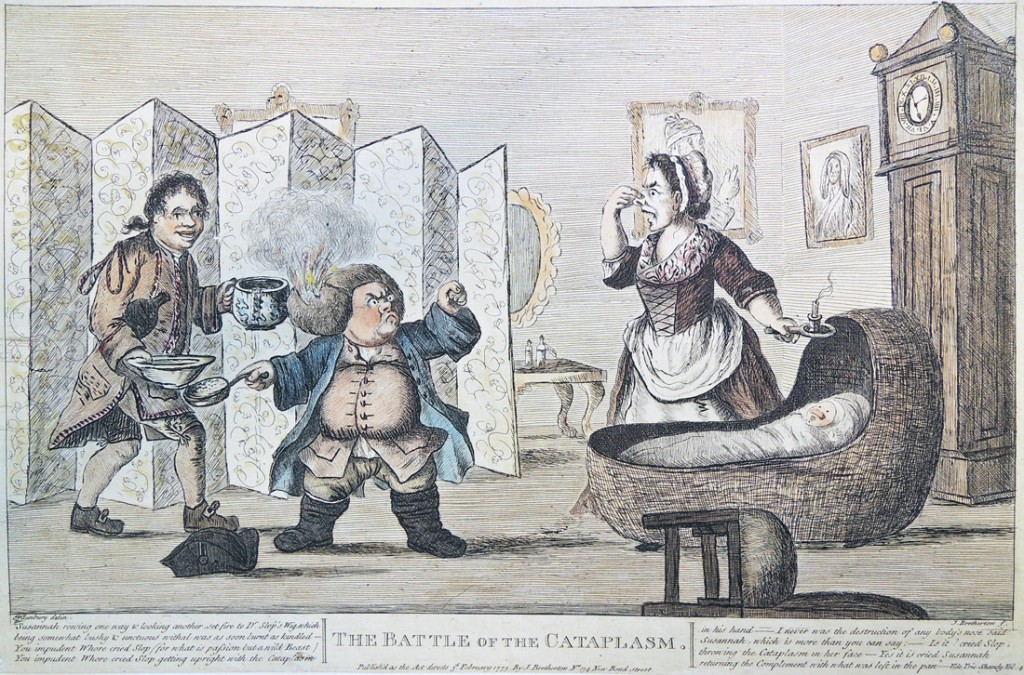 James Bretherton (active 1770-1781) after Henry William Bunbury (1750-1811), “The Battle of the Cataplasm” from Life and opinions of Tristram Shandy, gentleman, 3 February 1773. Hand colored etching. Graphic Arts Collection, GA 2011.00505. 1773/02/03. Gift of Dickson Q. Brown, class of 1895.
James Bretherton (active 1770-1781) after Henry William Bunbury (1750-1811), “The Battle of the Cataplasm” from Life and opinions of Tristram Shandy, gentleman, 3 February 1773. Hand colored etching. Graphic Arts Collection, GA 2011.00505. 1773/02/03. Gift of Dickson Q. Brown, class of 1895.
Beneath the design is engraved, “Susannah, rowing one way & looking another, set fire to Dr. Slop’s Wig, which being somewhat bushy & unctuous withal was as soon burnt as kindled – You impudent Whore cried Slop (for what is passion but a wild Beast) You impudent Whore cried Slop getting upright with the Cataplasm in his hand – I never was at the destruction of any body’s nose said Susannah, which is more than you can say; – Is it? cried Slop, throwing the Cataplasm in her face – Yes it is cried Susannah returning the Complement with what was left in the pan”




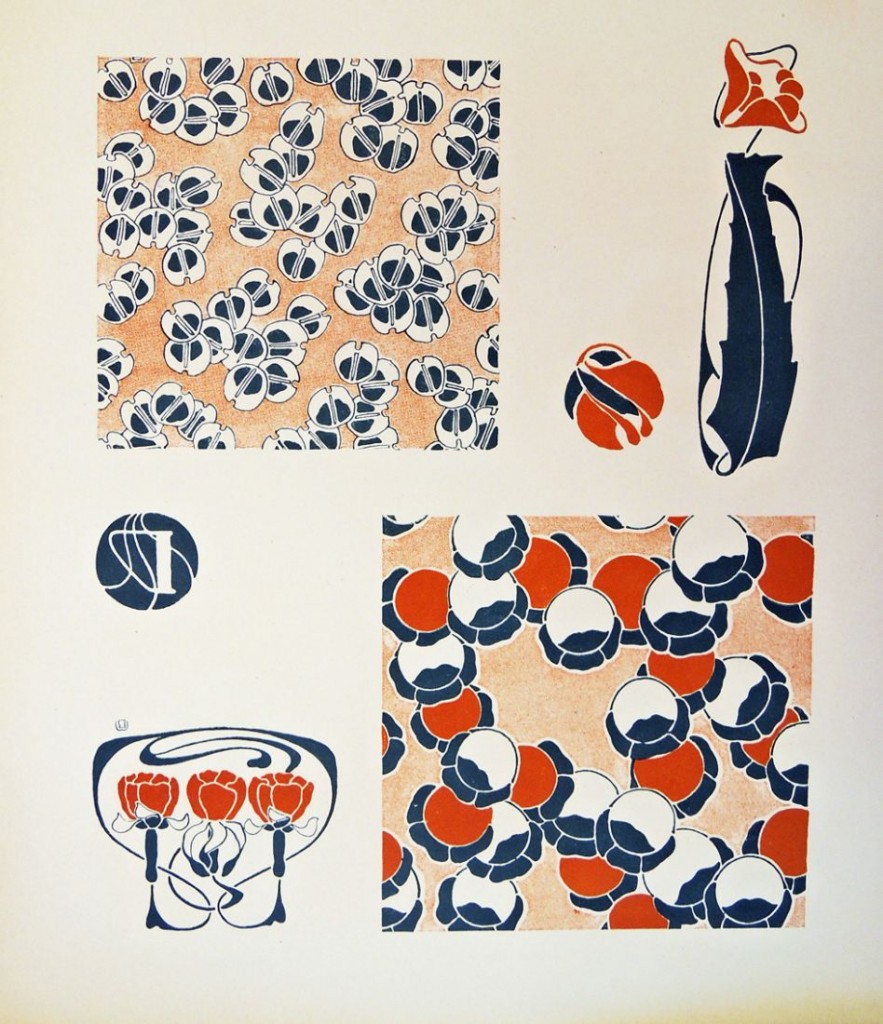
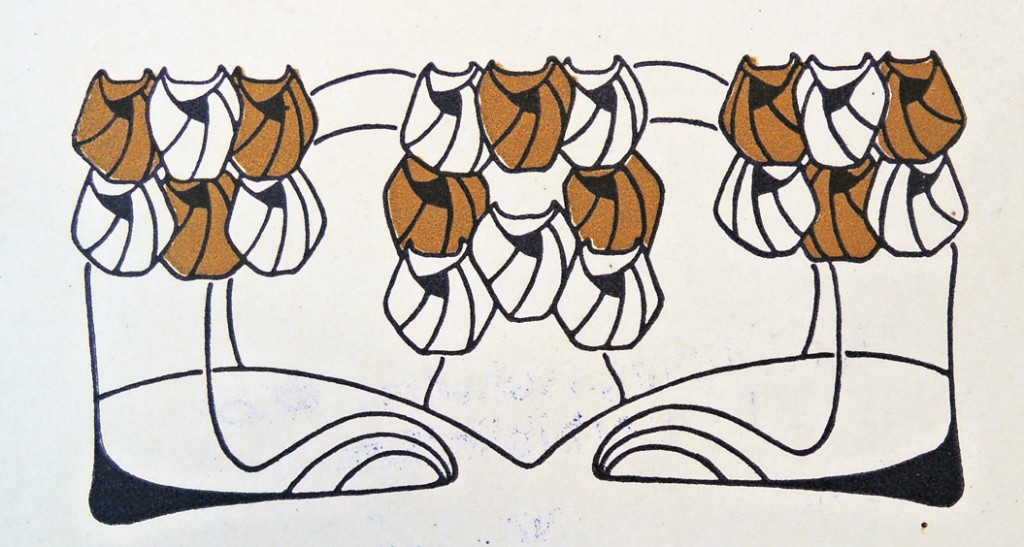
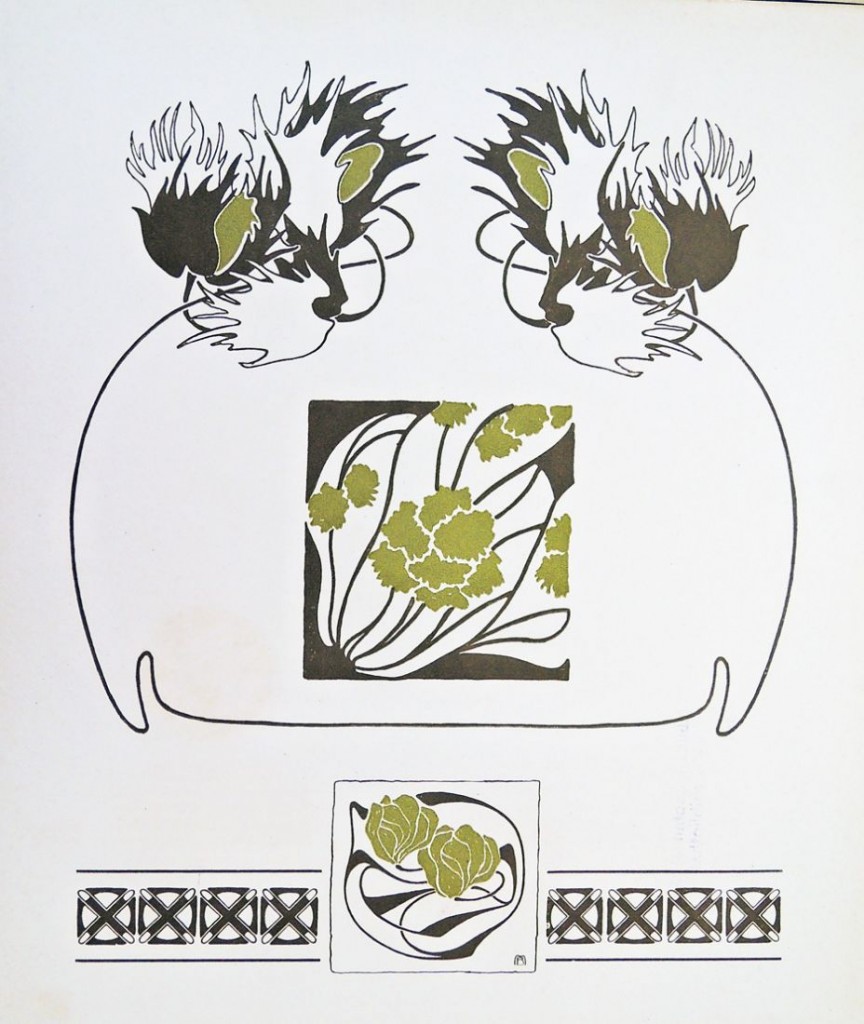
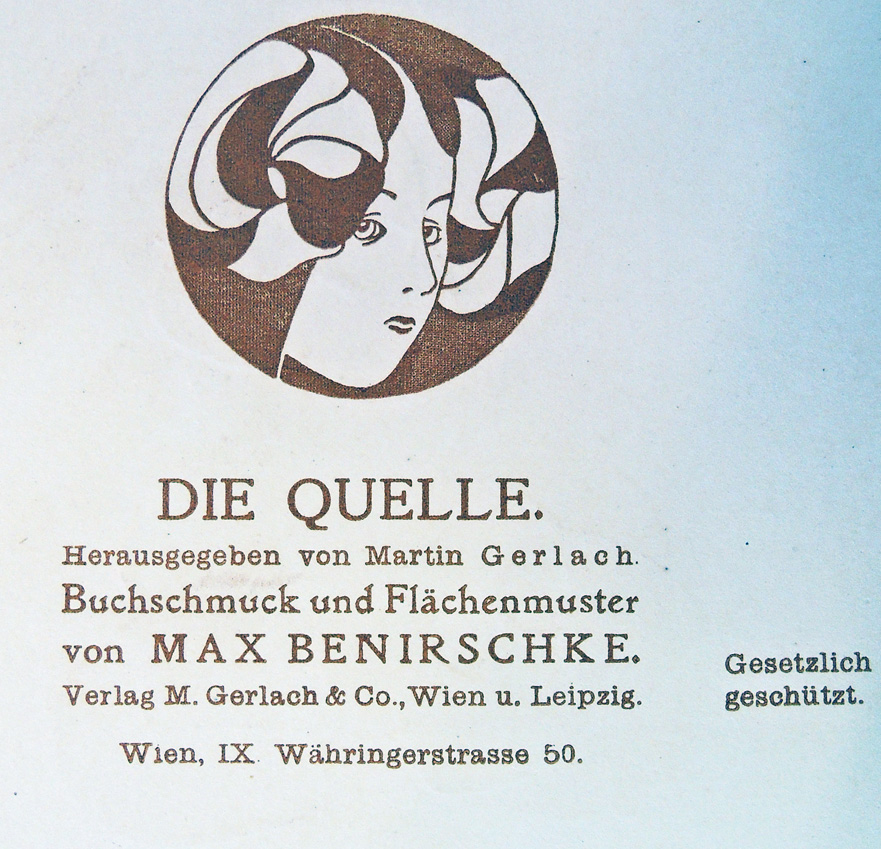
 Max Benirschke (born 1880). Buchschmuck und Flächenmuster (Book Decoration and Patterns). Series: Quelle 2 ([Wien u. Leipzig]: Herausgegeben von Martin Gerlach, [1900]). 1 portfolio (30 leaves of plates) and 1 portfolio ([12] leaves of drawings). Graphic Arts Collection (GAX) Oversize 2006-0347Q and Oversize 2006-0026E
Max Benirschke (born 1880). Buchschmuck und Flächenmuster (Book Decoration and Patterns). Series: Quelle 2 ([Wien u. Leipzig]: Herausgegeben von Martin Gerlach, [1900]). 1 portfolio (30 leaves of plates) and 1 portfolio ([12] leaves of drawings). Graphic Arts Collection (GAX) Oversize 2006-0347Q and Oversize 2006-0026E